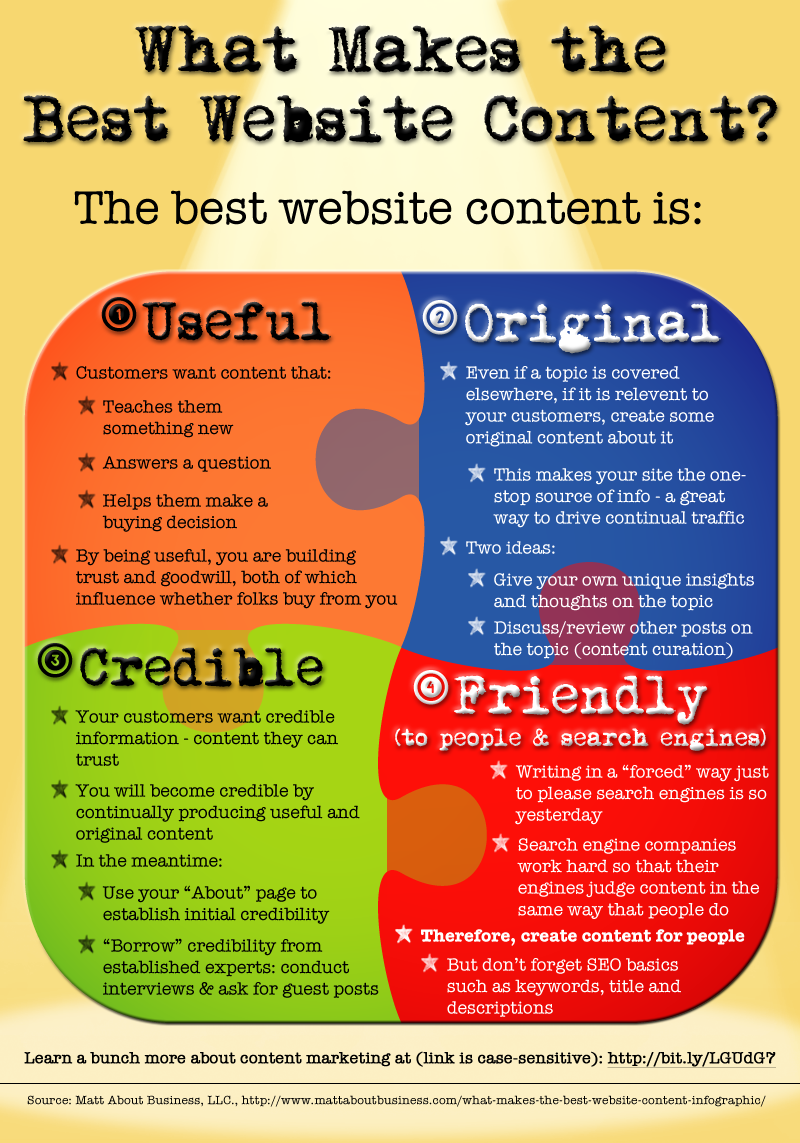Content writing is its own special beast in the subcategories of general writing. Being a good writer in and of itself doesn’t actually mean you’ll be able to write good content, as there’s more to it than good prose and proper grammar. It’s not even solely about good ideas. A group of professional academic writers from online custom paper writing service offers the list of ten mistakes that people often make when they first start out in content writing, and how you can actively avoid them.
1. Not Double Checking Everything
We’re going to start with this because we just stated that content writing is about more than just being a good writer, but that doesn’t mean the basics aren’t important. No matter what the topic or how interesting the idea, if you can’t communicate it clearly, people won’t care. If your content, whatever it is, is full of spelling errors, terrible grammar, and an unsettling lack of punctuation, the vast majority of readers won’t care about anything else. They’ll leave simply because it looks bad and is hard to read. Presentation is ultimately still the most important thing. Proofread your content after writing it to make sure it’s up to snuff!
2. Using Copyrighted Images
Images are a very important part of good content. It helps pull people in and make the content interesting. However, lots of new writers are tempted to just use Google to copy and paste relevant images into their articles. The big issue here is the potential for getting fined into the afterlife. The easy way to avoid that is to only use stock photos or to make your own images for use.
3. Poor Search Engine Optimization
Search Engine Optimization, or SEO, is the art of gearing your content to be as relevant in internet searches as possible. It’s the art of getting your content to show up on the first page of a Google search. Lots of new writers fail to optimize their content, and it makes that content difficult to find. Frankly, SEO is too complex to explain in great detail here, but in general, you want the relevant keywords that people search for to be in the major parts of your content, such as the title, first paragraph, and so on. However, this doesn’t mean you should try to cram those keywords into literally every sentence. The proper placement is better than oversaturation.
Naturally, SEO is a lot more complicated and involved than just that, but if you want to find out more about it, you should check this source instead.
4. Not Conducting Thorough Research
Remember the days when your teacher would call you out on things you made up in an essay because you managed to make it sound fancy but didn’t actually know what you were talking about? New content writers have this issue a lot as well. Always thoroughly research the topic that you’re going to be writing about; after all, your audience is likely to include people that are interested in the subject and probably know something about it themselves, so if you come across as someone just making things up to get views, you won’t last very long. Moreover, thorough research helps you determine how to optimize your content best, as mentioned previously.
5. Not Catching Interest
The web has a lot of content. So much content, in fact, that there’s too much to care about. When someone makes a search on Google or Bing or anything else, they get a dozen or more results just on the first page. Assuming your content is even on the first page, what is convincing the audience to read your content and not one of the other eleven? It’s all about catchy titles and good introductions. If the first snippet of your content doesn’t catch someone’s eye, they probably won’t bother with it. And if they do, but it doesn’t keep their interest, they’ll likely leave right quick. Your content doesn’t matter if people never feel the urge to read it. Statistics show that users are much more likely to click on one of the top five results in an online search. You want your article to be one of those five.
6. Overdoing the Casual Vibe
Readers today like casual articles. It feels more inclusive like they’re talking with a peer instead of receiving a lecture from a professor. But you have to be careful not to get too casual because then you sound like someone that doesn’t have the credentials to be listened to. For example:
-What’s up, dude? Ready to check some wicked sites for extreme knitting?”
This line might be friendly, but it’s far too casual. You can be friendly and even casual while still maintaining professionalism, like so:
-Hey there, looking for some great websites for extreme knitting?
A minor change, but one that sounds much more appealing. It’s friendly but still sounds respectable.
7. Blatant Advertising
Do you know how you often tune someone out or outright doubt them if you feel like they’re trying to sell you something? Readers feel this way too. If the content you write is just an excuse to advertise yourself, people are going to lose interest very quickly. You’re much less trustworthy in the eyes of the audience if it feels like you’re just trying to get them to pay your bills, or if it sounds like you’re endorsing things just because you were paid to. Advertising in and of itself isn’t bad, but it has to be done naturally. Don’t give that infomercial vibe.
8. Not Knowing the Target Audience
There’s no point in writing if you don’t know who you’re writing to. It’s like writing a letter without a recipient in mind. It’ll likely be haphazard and disjointed at best, and fail to connect with the audience that does check it out because they won’t feel like you’re actually speaking to them. If you know what your content is going to be about, the next step is to find out who the interested audience is. Know who you are writing to so you can appeal to them directly!
9. Pointless Length
A lengthy article isn’t bad. If the content is interesting and valuable, people will read long articles. But ‘interesting’ and ‘valuable’ are the operative words. Don’t add meaningless fluff and filler to your content just to make it longer. If you no longer have anything relevant to the topic to say, then bring the article to a close. No one likes having their time wasted.
10. Always Stay Consistent
If you have many different topics to discuss in your content, separate them into different articles. If your reader clicked on your article to read about extreme knitting, they won’t stick around if it changes to hardcore basket weaving halfway through. If you do want to write content for hardcore basket weaving, save it for a different article so it will appeal to the audience most interested in it.
All of these tips are important, but if you remember anything, remember these basics:




